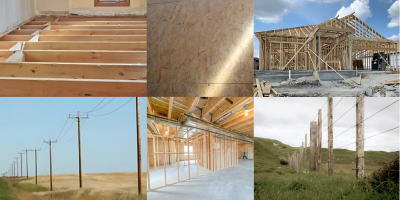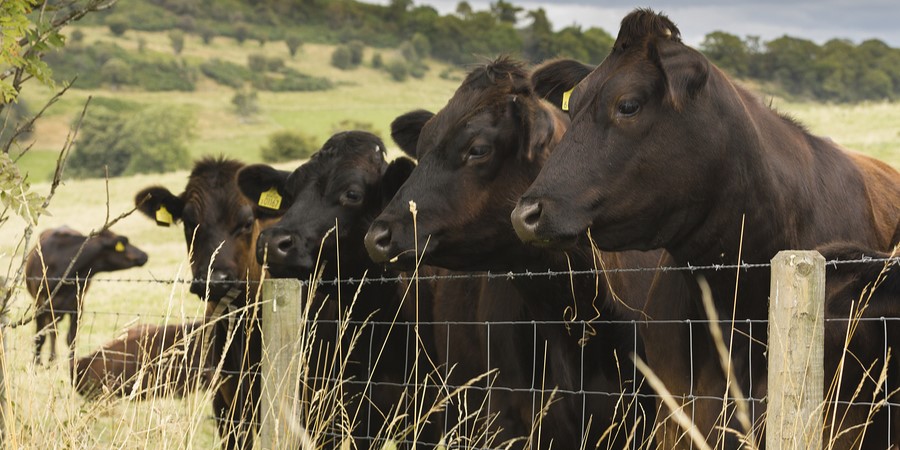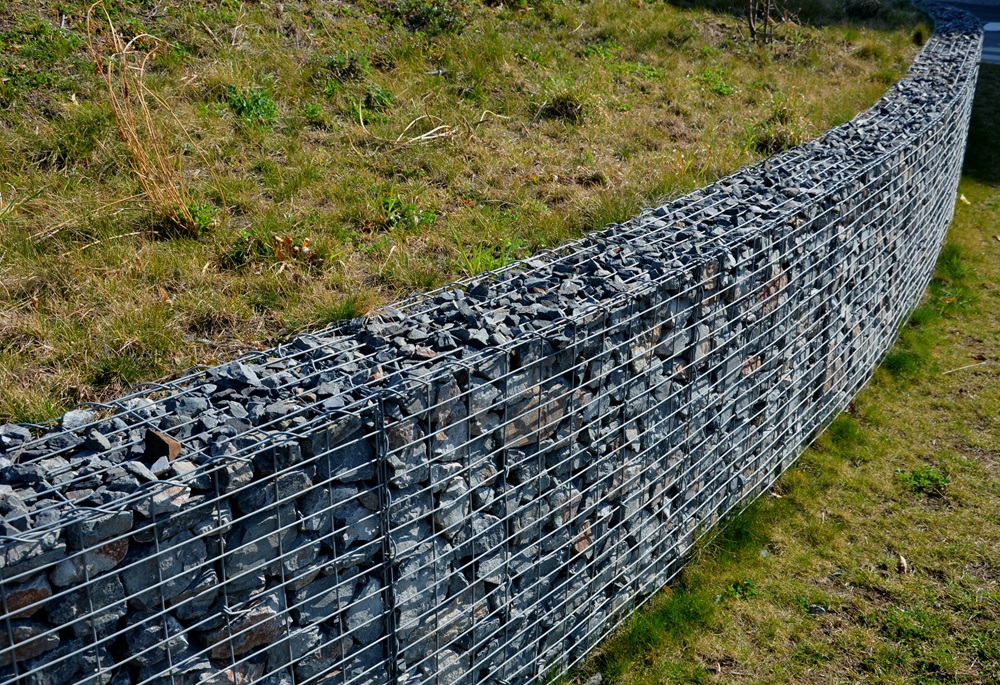In the ever-evolving landscape of industrial applications, the demand for durable, reliable, and efficient fastening solutions has never been greater. Among the many options available, diamond coated fasteners have emerged as the prime choice across various industries. These fasteners are not just another tool in the toolbox; they represent a significant leap forward in technology and performance. Here we will explore the numerous benefits of diamond coated fasteners, their applications across the construction and agricultural industries, and how BECK's proprietary Diamond Coated Fasteners can benefit you.
- Products
- Fasteners
- Staples
- Brads & Pins
- Collated Nails
- SCRAIL® Fasteners
- Tools
- Beck Systems
- Fasteners
- Innovations
- Applications
- Interior Applications
- Exterior Applications
- Industrial / In plant
- Miscellaneous
- About Us
- Service
- News & Events
- Contacts
.svg.png)



0 Comments Click here to read/write comments